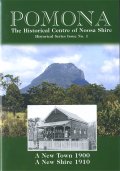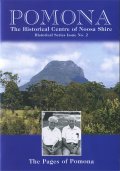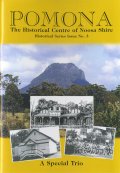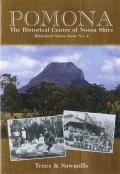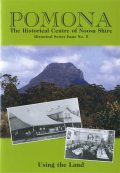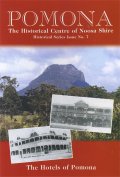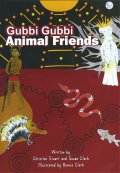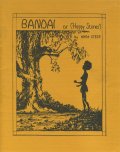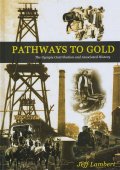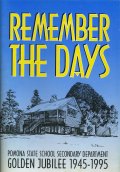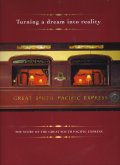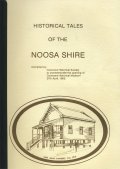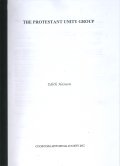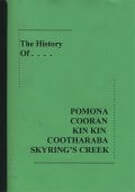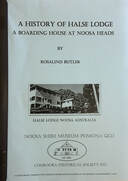WE HAVE A NEW WEBSITE
As of October 2023, Noosa Museum has a new website.
Click here to visit Noosa Museum's new Home page:
https://www.noosamuseum.org
HINT: If you expect to be back for future visits,
please update the saved favorite / bookmark in your browser
|
POMONA Historical Series 1-7 (Booklets)
Soft Cover Price = $10 each Written by: Aline Gillespie Published by: The Noosa Museum |
Please contact the Noosa Museum to arrange book purchases.
[email protected] |
|
The two most significant events in Pomona's early life were, first, its naming as a town in May 1900 and, ten years later, its choice as the administrative centre of the new Shire of Noosa.
|
The Page family is among the best known and most respected families in Pomona and has been part of the social and commercial life of the district for almost a century. The furniture manufacturing business owned by the family has sustained the local economy over a long period.
|
|
Pomona has three features which differentiate it from other country towns in Queensland. Two are tangible and permanent reminders of its early history, while the third is an annual sporting event which attracts Australia-wide and international participation.
The Special Trio Cooroora Masonic Lodge. Majestic Theatre. King of the Mountain Race. |
The timber industry started in Noosa Shire in the early 1860s. The abundance of magnificent Red Cedar, Kauri Pine and other valued softwoods in the scrubs of Kin Kin and Cootharaba was noted by early explorers and by those with a view to logging.
|
|
Ownership of land was the goal of most immigrants to Queensland from the 1840s. Vast tracts of land were first claimed for the grazing of sheep and cattle, then after the separation of Queensland from New South Wales as a separate colony in 1859, governments progressively legislated to reclaim some of the land for closer settlement.
|
Considering the importance ascribed by the present community to the provision of health and welfare services, it is amazing how little this is addressed as a significant historical process in local histories and reports.
|
|
Guraki, the good, the wise, was disappointed when his beautiful wife, Dingah (laughter), gave birth to a Kooranya - a little girl piccaninny. Like the Big Chief or King of every tribe, he had set his heart on a karaweli - a son. A son who would make his heart swell with pride - one who would defeat the sons of all the other men of the tribe in hunting skill and knowledge of bush-craft, and excel in throwing the spear and boomerang.
|
In a wilderness area in the south east of a new found Australian Colony, a lone figure, followed by his faithful dog, had his eyes intently and excitingly focussed on the bed of the gully he was following, a gully forming part of a hilly, unnamed terrain draining to a river that the Aborigines had, for thousands of years, called Numabulla and which Europeans, some seventeen years prior, had named the Mary.
|
|
The badge of Pomona State School shows Pomona, the Roman goddess of fruit trees, with her horn of plenty, surrounded by a gold wreath. A beautiful nymph, Pomona was courted by a man named Vertumnus, but she scorned him. Disguised as an old woman, he pleaded his cause so eloquently that she relented.
After the railway from Brisbane to Gympie was built in 1891, trains stopped if signalled at what was called Pinbarren Siding. |
In the early 1990s, the biggest structural upheaval in Queensland's railway history was to spawn a project so breathtaking in ambition and imaginative scope that those who witnessed its birth, growth and completion would look back on it in wonder as a near miracle of design engineering and construction. This is the story of a special train - the Great South Pacific Express and of the people who built it.
|
|
A collection of personal stories about early settlement in the Noosa Shire. |
The early settlers to the Pomona area have greatly influenced the histoy and development of the town and the surrounding districts. One group of settlers who have left a lasting legacy in the region, are, The Protestant Unity Group. |

